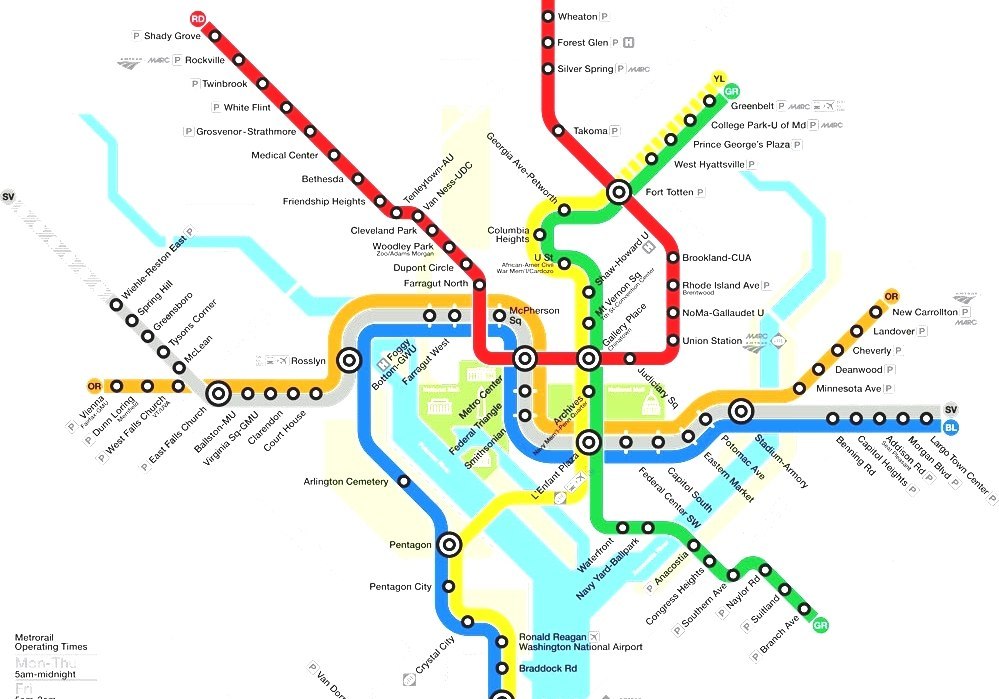The Red Line DC is not just a transit option; it’s a vital artery connecting the vibrant neighborhoods of Washington D.C. As one of the busiest lines in the Washington Metropolitan Area Transit Authority (WMATA) system, the Red Line serves millions of passengers each year. This article will delve into the significance of the Red Line, its history, operations, and how it impacts the daily lives of D.C. residents and visitors alike.
In this comprehensive guide, we will explore various aspects of the Red Line, including its routes, stations, and the services it offers. Whether you're a local commuter, a tourist planning your visit, or simply interested in public transit systems, understanding the Red Line is essential. With a focus on expertise, authority, and trustworthiness, we will ensure that the information provided is accurate and useful.
Join us as we navigate through the intricacies of the Red Line DC, providing you with insights, statistics, and practical tips that will enhance your experience in the nation’s capital. Let’s embark on this journey and discover why the Red Line is considered an integral part of Washington D.C.’s public transportation landscape.
Table of Contents
- History of the Red Line
- Red Line Route Overview
- Key Stations on the Red Line
- Services Offered by the Red Line
- Red Line Statistics
- Impact on Local Communities
- Future Developments of the Red Line
- Conclusion
History of the Red Line
The Red Line DC was inaugurated in 1976, marking a significant milestone in Washington D.C.'s public transit development. Originally, it was designed to connect the northern suburbs with the downtown area, facilitating easier commutes for residents.
Key Historical Milestones
- 1976: The initial segment of the Red Line opens between Glenmont and Farragut North.
- 1984: The line is extended to the Shady Grove area, enhancing accessibility.
- 2001: The addition of the Silver Spring and Takoma stations further expands the line.
- 2014: Major renovations begin to modernize existing stations.
Red Line Route Overview
The Red Line runs approximately 37 miles, making it one of the longest lines in the WMATA system. It runs from Glenmont in the northwest to Shady Grove in the northwest, passing through key neighborhoods and landmarks.
Major Stops Along the Route
- Glenmont
- Silver Spring
- Rockville
- Shady Grove
- Dupont Circle
- Union Station
- Gallery Place
Key Stations on the Red Line
Each station on the Red Line serves as a hub for commuters and tourists, providing access to various attractions and neighborhoods.
Highlighting Notable Stations
- Dupont Circle: Known for its vibrant cultural scene and historic architecture.
- Gallery Place: A major junction connecting the Red, Yellow, and Green lines with access to the Verizon Center.
- Union Station: A historic landmark that serves as a gateway to Amtrak and various bus services.
Services Offered by the Red Line
The Red Line DC provides a range of services designed to enhance the passenger experience and ensure efficient travel.
Passenger Amenities
- Real-time arrival information at stations.
- Free Wi-Fi service at select locations.
- Accessibility services for individuals with disabilities.
Red Line Statistics
Understanding the usage and efficiency of the Red Line is crucial for assessing its impact on the region.
- Annual ridership: Approximately 20 million passengers.
- Average daily ridership: Around 60,000 passengers.
- Number of operational trains: 100+ during peak hours.
Impact on Local Communities
The Red Line has profoundly impacted local communities by improving accessibility, reducing traffic congestion, and promoting economic development.
Community Benefits
- Increased property values in areas near stations.
- Boosted local businesses due to higher foot traffic.
- Encouraged sustainable commuting practices among residents.
Future Developments of the Red Line
As Washington D.C. continues to grow, the Red Line is set for several enhancements aimed at improving service and efficiency.
Upcoming Projects
- Station renovations to modernize facilities.
- Expansion plans to include additional stops in underserved areas.
- Implementation of advanced signaling technology for improved train frequency.
Conclusion
In summary, the Red Line DC is a crucial component of Washington D.C.'s public transportation system, offering extensive connectivity and services that benefit both residents and visitors. Its historical significance, operational efficiency, and positive impact on local communities underscore the importance of this transit line.
We encourage you to share your experiences with the Red Line in the comments below, and don’t forget to explore other articles on our site for more insights into Washington D.C. and its public transit systems.
Thank you for reading, and we look forward to welcoming you back for more informative content about the vibrant life and transit systems of Washington D.C.
Article Recommendations
- The Astonishing Net Worth Of Legendary Actor Charles Bronson
- Yeat Net Worth
- How Musician Tim Schmidt Gained His Fortune


